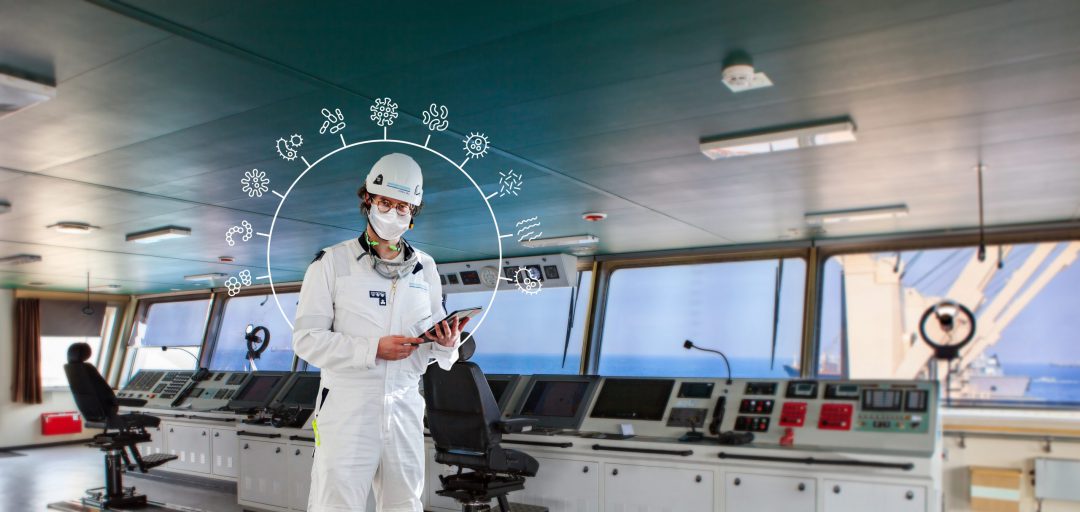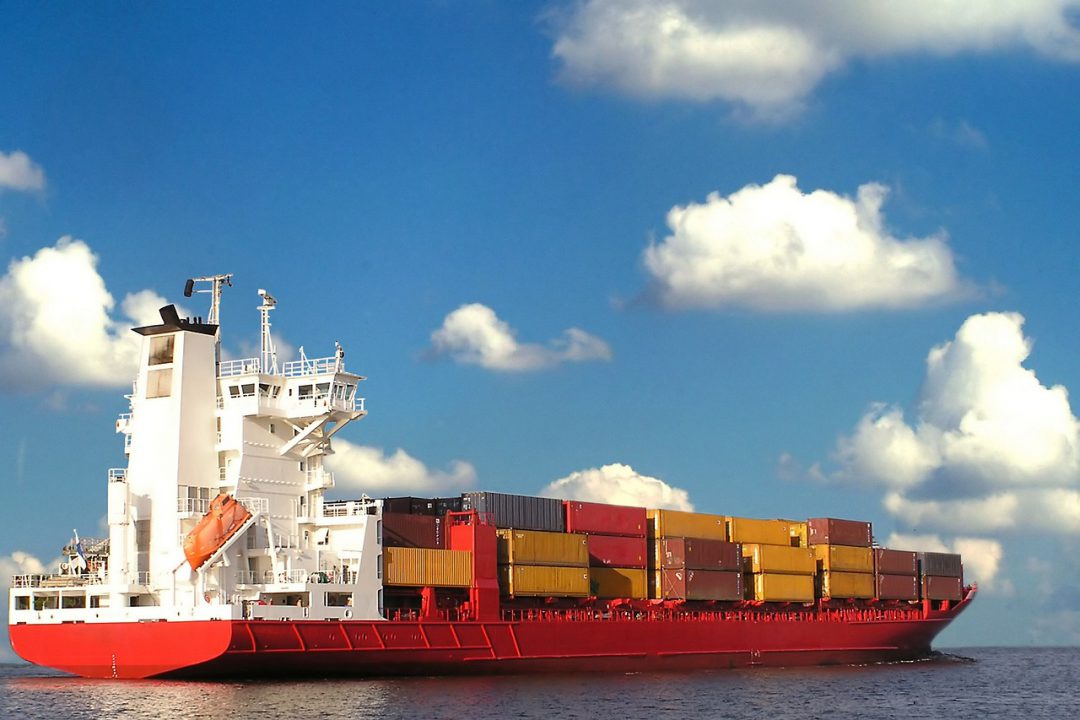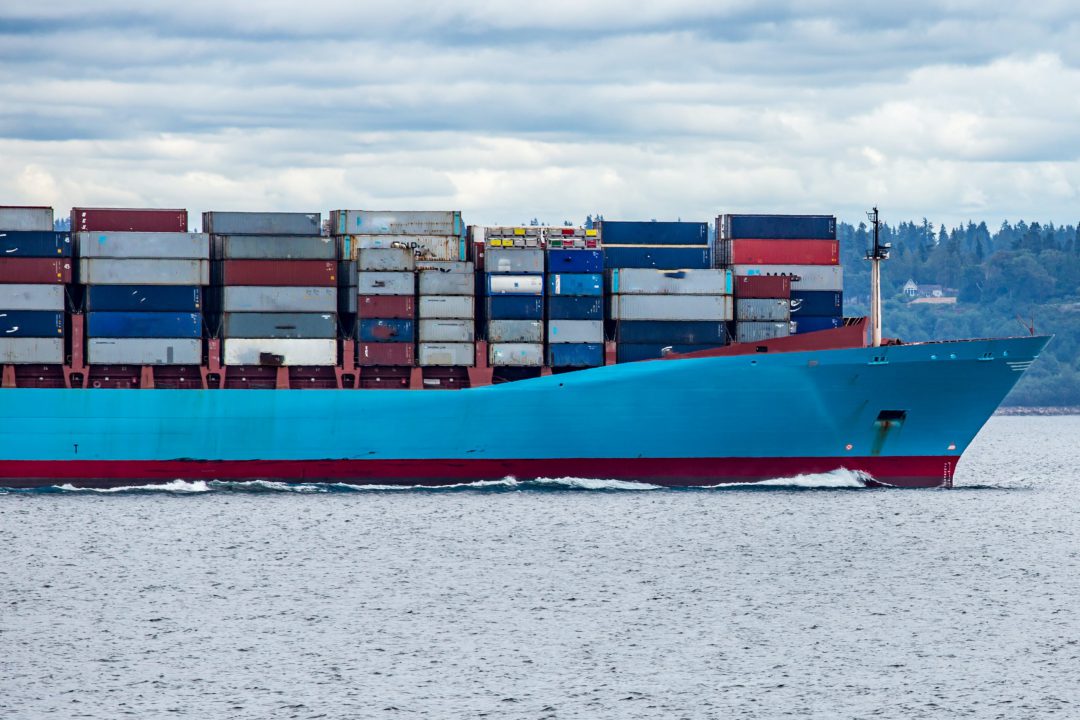DNV GL, the world’s leading classification society, has launched a new certification in infection prevention for the maritime industry. The release of this custom certification aims to help the maritime industry resume operations better prepared for COVID-19 or other emerging pathogens. Genting Cruise Lines is the first customer working towards the CIP-M certification for their vessel “Explorer Dream” under the Dream Cruises brand.
As the COVID-19 crisis begins to recede, the world is looking to return to business. For the cruise industry, passenger safety has always been the priority and the current pandemic has sharpened this focus. To help vessel owners and operators resume safer operations, DNV GL has developed the CIP-M certification, which enables them to demonstrate they have procedures and systems in place for the proper prevention, control, and mitigation of infection, to protect their customers and crews.
“The COVID-19 crisis has been unprecedented in its impact on the maritime industry, and on the cruise lines in particular,” said Knut Ørbeck-Nilssen, CEO of DNV GL – Maritime. “But I hope that with innovative ideas like CIP-M we can help the industry get moving again in a way that gives passengers and crew confidence that exacting measures are in place to enhance the cruise industry’s already rigorous health and safety standards.”
CIP-M builds on DNV GL Healthcare’s work in infection risk management, which has been ongoing since 2008. With more than 4,000 audits performed in US hospitals, this work, which is inherent to the company’s accreditation program, helps organizations improve their management of infection risk. Experts from DNV GL’s Cruise Center in Miami customized the healthcare CIP for use in a maritime setting in cooperation with DNV GL – Business Assurance.
The CIP-M also integrates maritime specific standards, such as the US CDC Vessel Sanitation Program, as well as incorporating national and industry guidelines. The certification surveys and audits are performed by DNV GL surveyor teams comprised of DNV GL – Healthcare infection prevention and control experts together with experienced maritime auditors.
“The ability to demonstrate trusted infection risk prevention and mitigation is a must to win back trust from consumers,” said Luca Crisciotti, CEO of DNV GL – Business Assurance. “Building organizational vigilance against infection risk today requires a level previously common to hospitals only. CIP-M is unique in that it builds on proven hospital standards but is specifically tailored to the context of passenger vessels, while incorporating national requirements to enable a robust immediate and long-term response.”
“At Genting Cruise Lines, the safety and well-being of our guests and crew are of paramount importance to us,” said Mr Kent Zhu, President of Genting Cruise Lines. “From the onset of the pandemic, Genting Cruise Lines has been at the forefront in enhancing its preventive and safety measures with the COVID-19 pandemic in mind. We were the first in the industry to launch and introduce our enhanced measures, which we will adopt as the new safety norm for our fleet and we hope for the industry too. We are proud to continue to pioneer such an important collaboration with DNV GL, which is a first for the cruise and maritime industry. With consumers’ heightened expectations on safety and well-being, the customised CIP-M certification from a highly reputable healthcare expert like DNV GL will indeed further boost consumers’ confidence in cruising as we recommence operations in the very near future,” added Mr Kent Zhu.
As part of the CIP-M certification, DNV GL assesses vessel operations, including enhanced sanitation procedures, food preparation and handling, physical distancing requirements, use of personal protective equipment by crew members, maintenance of public health essential systems, emergency response plans, pre-boarding screening, embarkation and debarkation processes, and itinerary or port planning protocols. Annual surveys onboard and company audits ashore are conducted to verify continued compliance and improvement.
The CIP-M assessment of Genting Cruise Lines has already kicked off with a pre-assessment of the company’s management system, to be followed by a certification survey of the “Explorer Dream”. The company is targeting successful completion of the certification programme by the end of June.
“We look forward to continuing our long-standing relationship with Genting Cruise Lines as the first cruise line now working towards our new infection prevention certification,” said Cristina Saenz de Santa Maria, Regional Manager South East Asia, Pacific & India, DNV GL – Maritime. “Genting Cruise Lines has been very proactive in mitigating the COVID-19 crisis. The experience gained by operating two vessels in Singapore as temporary accommodation for workers, who have recovered from the Coronavirus, could prove useful in their preparations to resume normal operations,” she added.

























